March 2025, no. 143
Letter of Intent

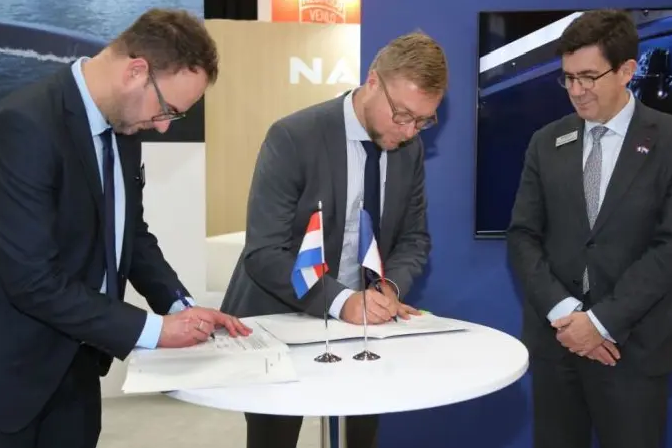


Create a MARIN account to stay updated

Report

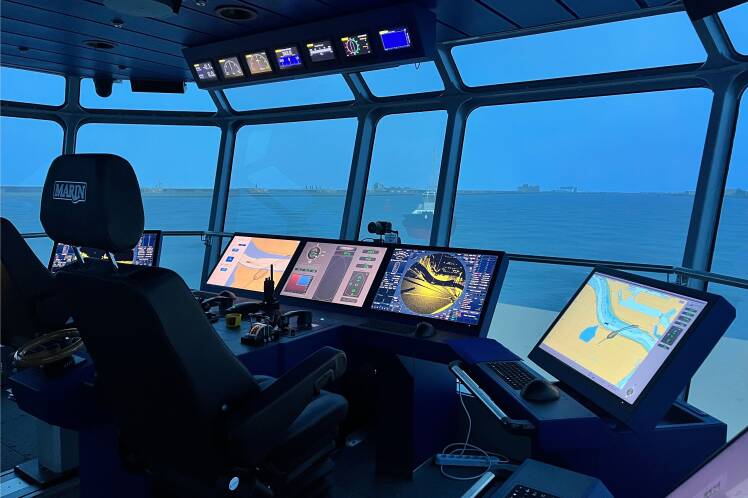

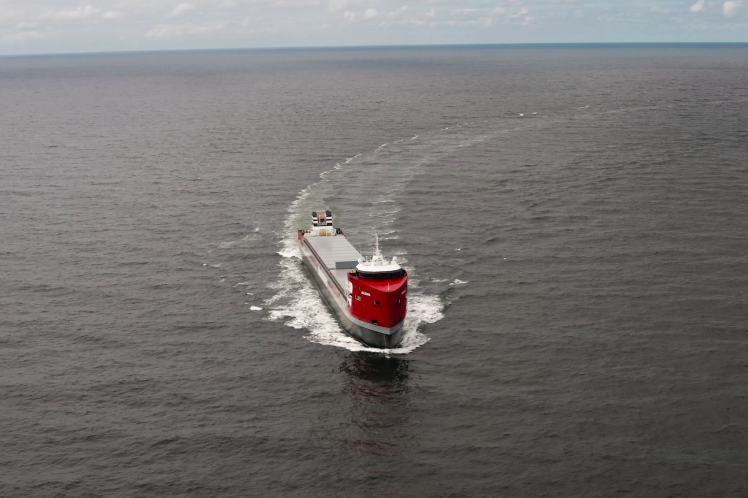

May
5-8
Offshore Technology Conference
Conferences
Apr.
7-11
Vessel Operator Forum
Networking
Apr.
7-11
Blueweek 2025
Conferences
Mar.
17-21
Floating Offshore Structures
Courses
MARIN will be present at the following events. Let’s meet up again soon!


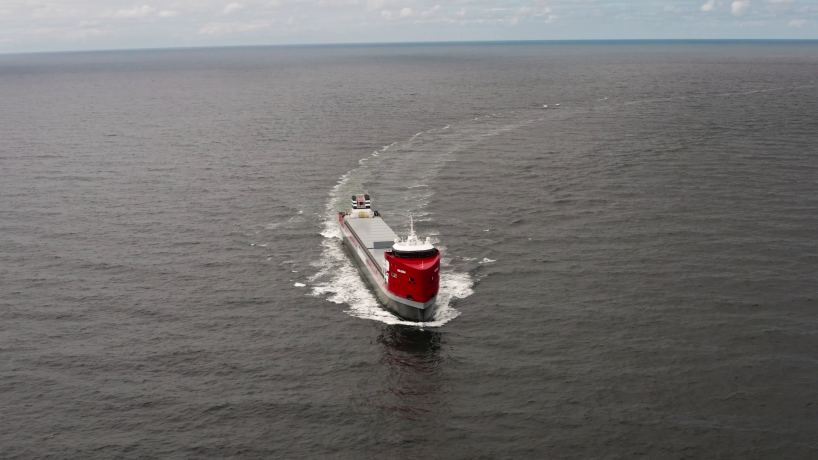
In February ISO 15016:2025 was published. This third edition of the standard for the conduct and analysis of speed/power trials of ships creates a level playing field for EEDI, EEXI and newbuilding contracts.
MARIN, in close cooperation with the Sea Trial Analysis (STA) Group and ITTC, contributed to the ISO workgroup which was led by Henk van den Boom (our former head of the Performance at Sea Department).
To assess propulsion power within 2% and ship speed within 0.1 knot, the application of wave correction methods was made consistent, in combination with the local wave measurements Modern wind sensors were specified together with new wind speed limits allowed during trials. The shallow water correction method developed by Dr Hoyte Raven replaced the outdated Lackenby method.
On behalf of STA, the new standard has been implemented in STAIMO 3.0, which is available from www.staimo.org.
R&D work to further improve the current standard for speed/power trials is foreseen in the new STA-2 JIP proposal. Shipowners, operators, shipyards, designers, class societies and towing tank organisations are welcome to join. For more information contact Gijs Struijk.
New standard implemented as ISO 15016 published
Simulations prepare for transport of Scheldt Tunnel elements
MARIN’s Seven Oceans Simulator centre (SOSc) hosted a fascinating multi-ship simulation project: the transportation of eight massive sections (159x41x10) of the new Scheldt Tunnel (part of the Oosterweel Connection project) from their construction dock in Zeebrugge to their final destination in Antwerp.
Mid-2025, each section will be transported with the assistance of four tugboats and one push boat, navigating a challenging route through the North Sea and the Scheldt River. This ambitious operation demands precise planning and coordination.
At the SOSc, we used navigation simulations to meticulously map out the entire journey and evaluate challenging parts of the trajectory. The simulations included a comprehensive setup: a pushing tug positioned behind the tunnel element in the Large Motion Simulator in static mode, and four pulling tugs operated in Multi-Purpose Simulators.
These simulations allowed skippers to train their critical skills such as communication, teamwork, manoeuvring, navigation, and crisis management, while accounting for factors like weather conditions, tides, and the powerful currents of the Scheldt River. This intricate configuration enabled Dutch and Belgian pilots, along with experienced tow and tug masters, to evaluate the towing operation under realistic conditions. It ensured that the transportation of the Scheldt Tunnel elements can be carried out smoothly and safely.
In April a training course is scheduled to familiarise the participants involved in the first transportation of the tunnel elements. For more information contact Gerwin Boomaars.
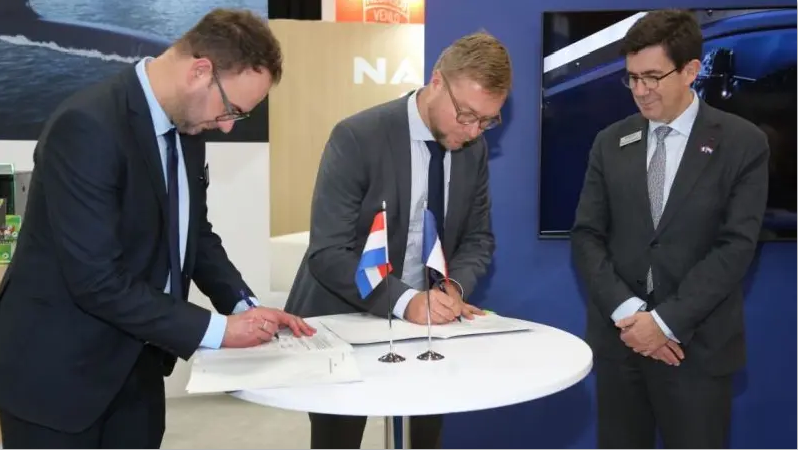
Letter of Intent signed with Naval Group
MARIN signed a Letter of Intent with Naval Group during NEDS 2024 in Rotterdam. This LOI enables us to support Naval Group with our expertise, software, test facilities, simulators, and full-size measurements.
Pepijn de Jong, MARIN Manager Defence, emphasises: “MARIN is delighted to be signing this LOI, as it means we can support Naval Group for the Koninklijke Marine (Royal Netherlands Navy) submarine replacement programme with our extensive technical expertise on naval hydrodynamics and maritime operations. This ensures that the Netherlands and Dutch Navy personnel get the best possible submarines.”
Naval Group stated that MARIN is concretely involved in the Replacement Netherlands Submarine Capability (RNSC) programme and this agreement is a significant step towards the first major review planned at the beginning of 2025 when the design of the submarine will be completed.
Greep, J., Baran Bayezit, A., Mak, B., Rijpkema, D., Kemal Kinici, O., Düz, B., Engineering Applications of Artificial Intelligence, Volume 141, Feb 1, 2025
Ship course-keeping in waves using sample-efficient reinforcement learning
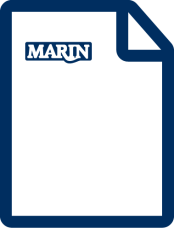
Darling, H., Schmidt, D. P., Xie, S., Sadique, J., Koop, A., Wang, L., Wiley, W., Bergua Archeli, R., Robertson, A., Toan Tran, T., Wind Energy, Volume 28, Nov 28, 2024
OC6 Phase IV: Validation of CFD Models for Stiesdal TetraSpar Floating Offshore Wind Platform

Dekkers, G. J., Lidtke, A. K., Lloyd, T. P., Santos, F. L. dos, Weymouth, G. D., 26th Numerical Towing Tank Symposium (NuTTS 2024), Duisburg, Germany
Quantifying the effect of turbulence intensity on turbulence-interaction noise of an airfoil using scale-resolving simulations
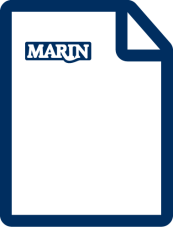


May
5-8
Offshore Technology Conference
Conferences
Apr.
7-11
Vessel Operator Forum
Networking
Apr.
7-11
Blueweek 2025
Conferences
Mar.
17-21
Floating Offshore Structures
Courses
MARIN will be present at the following events. Let’s meet up again soon!
Msrch
2025, no. 143


Letter of Intent

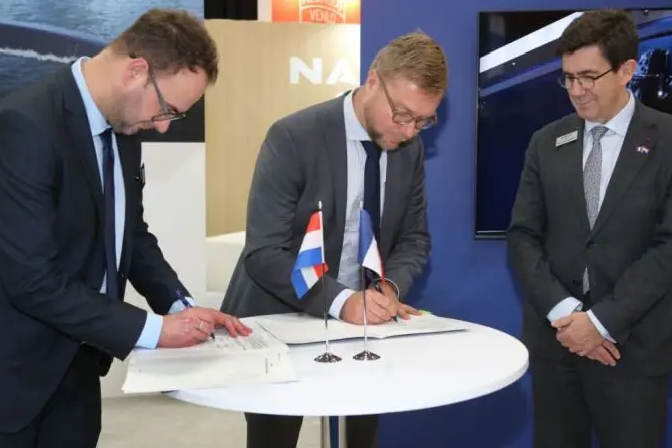




Create a MARIN account to stay updated

Report


In February ISO 15016:2025 was published. This third edition of the standard for the conduct and analysis of speed/power trials of ships creates a level playing field for EEDI, EEXI and newbuilding contracts.
MARIN, in close cooperation with the Sea Trial Analysis (STA) Group and ITTC, contributed to the ISO workgroup which was led by Henk van den Boom (our former head of the Performance at Sea Department).
To assess propulsion power within 2% and ship speed within 0.1 knot, the application of wave correction methods was made consistent, in combination with the local wave measurements Modern wind sensors were specified together with new wind speed limits allowed during trials. The shallow water correction method developed by Dr Hoyte Raven replaced the outdated Lackenby method.
On behalf of STA, the new standard has been implemented in STAIMO 3.0, which is available from www.staimo.org.
R&D work to further improve the current standard for speed/power trials is foreseen in the new STA-2 JIP proposal. Shipowners, operators, shipyards, designers, class societies and towing tank organisations are welcome to join. For more information contact Gijs Struijk.
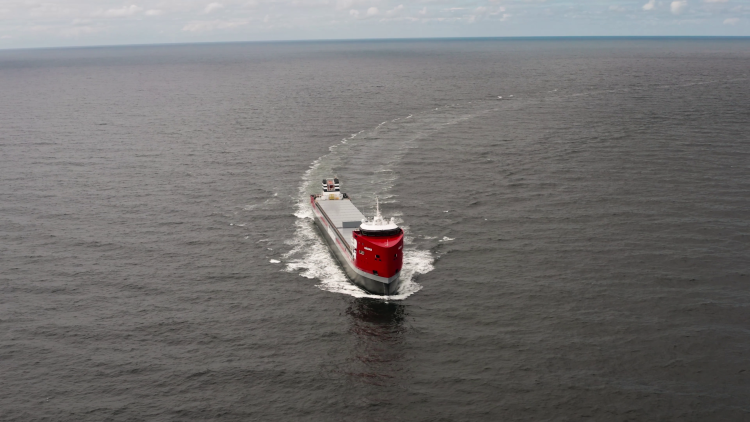
Back to In Short
New standard implemented as ISO 15016 published
MARIN’s Seven Oceans Simulator centre (SOSc) hosted a fascinating multi-ship simulation project: the transportation of eight massive sections (159x41x10) of the new Scheldt Tunnel (part of the Oosterweel Connection project) from their construction dock in Zeebrugge to their final destination in Antwerp.
Mid-2025, each section will be transported with the assistance of four tugboats and one push boat, navigating a challenging route through the North Sea and the Scheldt River. This ambitious operation demands precise planning and coordination.
At the SOSc, we used navigation simulations to meticulously map out the entire journey and evaluate challenging parts of the trajectory. The simulations included a comprehensive setup: a pushing tug positioned behind the tunnel element in the Large Motion Simulator in static mode, and four pulling tugs operated in Multi-Purpose Simulators.
These simulations allowed skippers to train their critical skills such as communication, teamwork, manoeuvring, navigation, and crisis management, while accounting for factors like weather conditions, tides, and the powerful currents of the Scheldt River. This intricate configuration enabled Dutch and Belgian pilots, along with experienced tow and tug masters, to evaluate the towing operation under realistic conditions. It ensured that the transportation of the Scheldt Tunnel elements can be carried out smoothly and safely.
In April a training course is scheduled to familiarise the participants involved in the first transportation of the tunnel elements. For more information contact Gerwin Boomaars.
Simulations prepare for transport of Scheldt Tunnel elements
Back to In Short
MARIN signed a Letter of Intent with Naval Group during NEDS 2024 in Rotterdam. This LOI enables us to support Naval Group with our expertise, software, test facilities, simulators, and full-size measurements.
Pepijn de Jong, MARIN Manager Defence, emphasises: “MARIN is delighted to be signing this LOI, as it means we can support Naval Group for the Koninklijke Marine (Royal Netherlands Navy) submarine replacement programme with our extensive technical expertise on naval hydrodynamics and maritime operations. This ensures that the Netherlands and Dutch Navy personnel get the best possible submarines.”
Naval Group stated that MARIN is concretely involved in the Replacement Netherlands Submarine Capability (RNSC) programme and this agreement is a significant step towards the first major review planned at the beginning of 2025 when the design of the submarine will be completed.
Letter of Intent signed with Naval Group
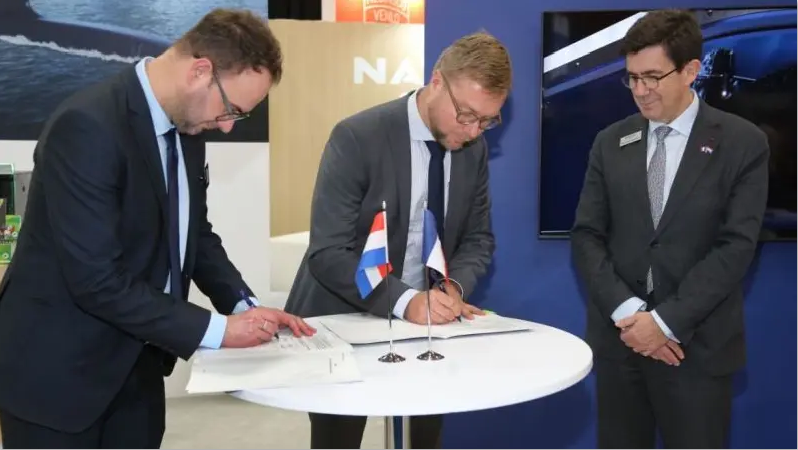
Back to In Short
Dekkers, G. J., Lidtke, A. K., Lloyd, T. P., Santos, F. L. dos, Weymouth, G. D., 26th Numerical Towing Tank Symposium (NuTTS 2024), Duisburg, Germany
Quantifying the effect of turbulence intensity on turbulence-interaction noise of an airfoil using scale-resolving simulations

Darling, H., Schmidt, D. P., Xie, S., Sadique, J., Koop, A., Wang, L., Wiley, W., Bergua Archeli, R., Robertson, A., Toan Tran, T., Wind Energy, Volume 28, Nov 28, 2024
OC6 Phase IV: Validation of CFD Models for Stiesdal TetraSpar Floating Offshore Wind Platform

Greep, J., Baran Bayezit, A., Mak, B., Rijpkema, D., Kemal Kinici, O., Düz, B., Engineering Applications of Artificial Intelligence, Volume 141, Feb 1, 2025
Ship course-keeping in waves using sample-efficient reinforcement learning

Back to In Short
